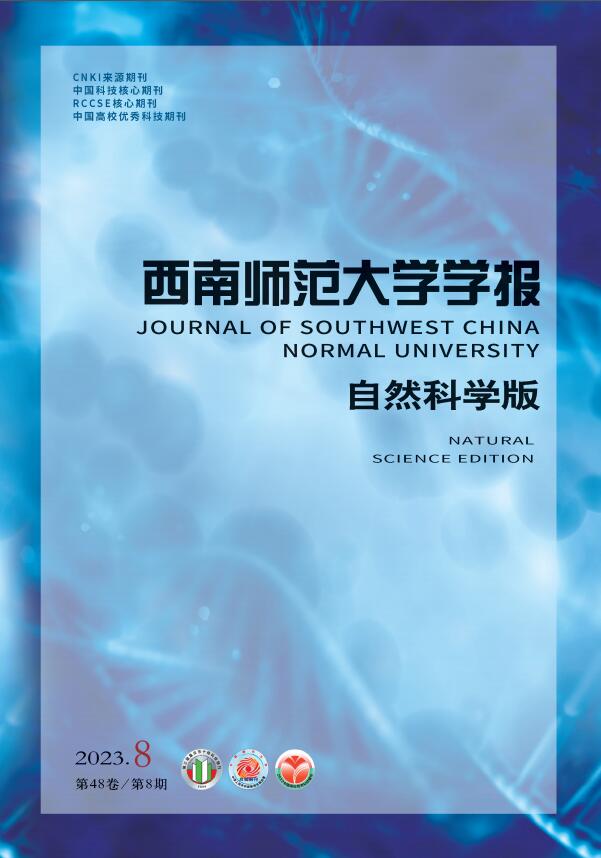On Spatial Characteristics of Ecosystem Quality and Ecological Red Line in Beijing-Tianjin-Hebei Region
- Received Date: 20/11/2017
-
Key words:
- geographic information system /
- ecological quality /
- net primary productivity /
- spatial analysis /
- Beijing-Tianjin-Hebei Region
Abstract: Based on the status of the evaluation of the ecological quality in Beijing-Tianjin-Hebei Region and using Geographic Informat ion System(GIS) spatial analysis function, we have respectively assessed the spatial characteristics of the ecological quality, net primary productivity evaluation of forest ecosystem and covering grade of forest ecosystem vegetation on regional ecological quality classification. We have taken the research on the characteristics of resources, environment, the natural capital bearing force, regional economic and social development. The results show that, in the recent years, the ecosystem quality has improved significantly Beijing-Tianjin-Hebei Region. The quality of forest ecosystem improves by 28% and the quality of forest ecosystem decreases about 3%. The net primary productivity of Beijing-Tianjin-Hebei Urban Agglomeration shows a small fluctuation trend from 2000-2010. Compared with the years of 2000-2010, the high vegetation coverage takes the increasing trend in the change of vegetation coverage of forest ecosystem in Beijing-Tianjin-Hebei Region.






 DownLoad:
DownLoad: